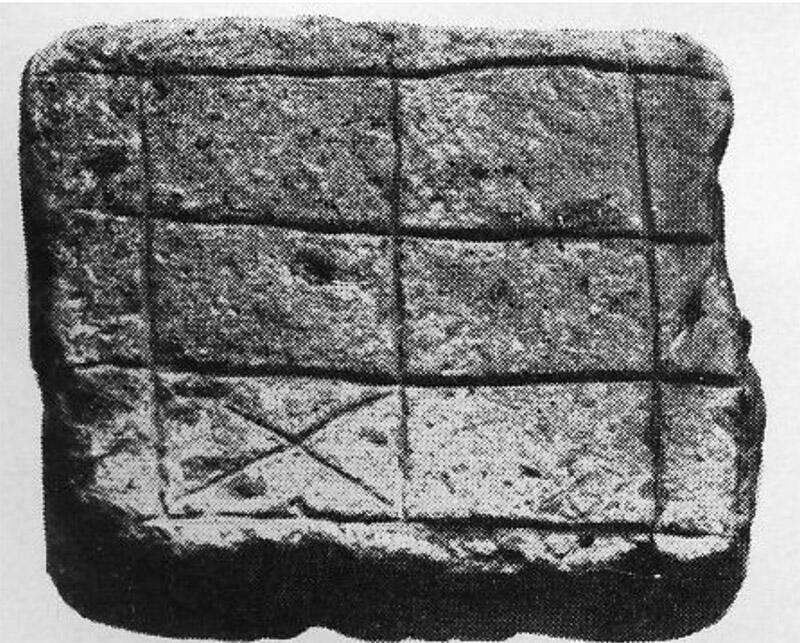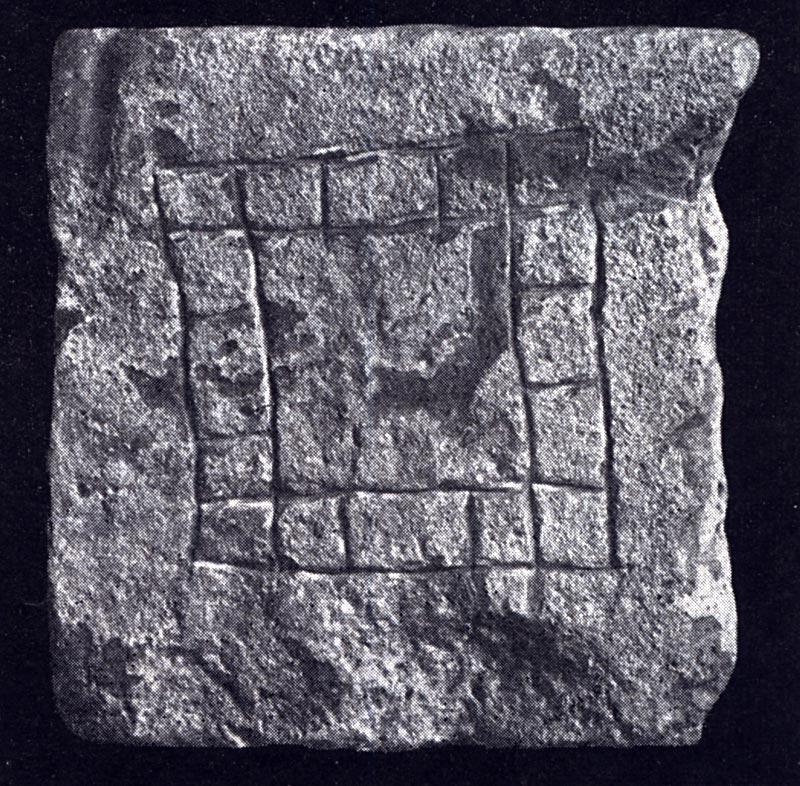An interesting paper which looks at the extensive finds of what are likely game pieces, boards and other related artifacts from Mohenjo-daro. The author tries to relate finds at the site with contexts, and while this is difficult given poor documentation from earlier excavations, it does seem as if game play was extensive and "a majority of the finds show traces of much wear, which mostly tend to be of similar constitutions. One such example is seen in the stick dice, which obviously, through frequent use, have received a bluntly pointed end (Mackay 1931c; 1938b). A consistency in usage seems therefore implied as well, which is further hinted at by the spatial distribution" (p. 99).
Most interesting is also the wider context within which Rogersdottir places these finds: game play in Mesopotamia and ancient Egypt seems to have had some consistent similarities, suggesting that games were one of those inventions that seems to have traveled far and wide, crossing cultural boundaries even in the Bronze Age. Possible "throwing sticks" found in Mohenjo-daro were also found in Tutankhamun's tomb, for example. While the best examples might be from Egypt and Mesopotamia, "both Mohenjo-daro and Harappa yielded cubical dice, a type of object that was rarely found at sites further westwards" (p. 92) suggesting that this today most familiar object in human game play may have originated in the Indus Valley (for examples, see An Ancient Indus Die).
Images: 1. Brick with scratched grid of rectangles, suggested by Mackay as part of a game board; from the site of Mohenjo-daro (After: Mackay 1938a: Plate CXLII.82). 2. Brick tablet possibly used as gameboard from Lothal (S.R. Rao, Lothal, Pl. XXXII D [2]).




